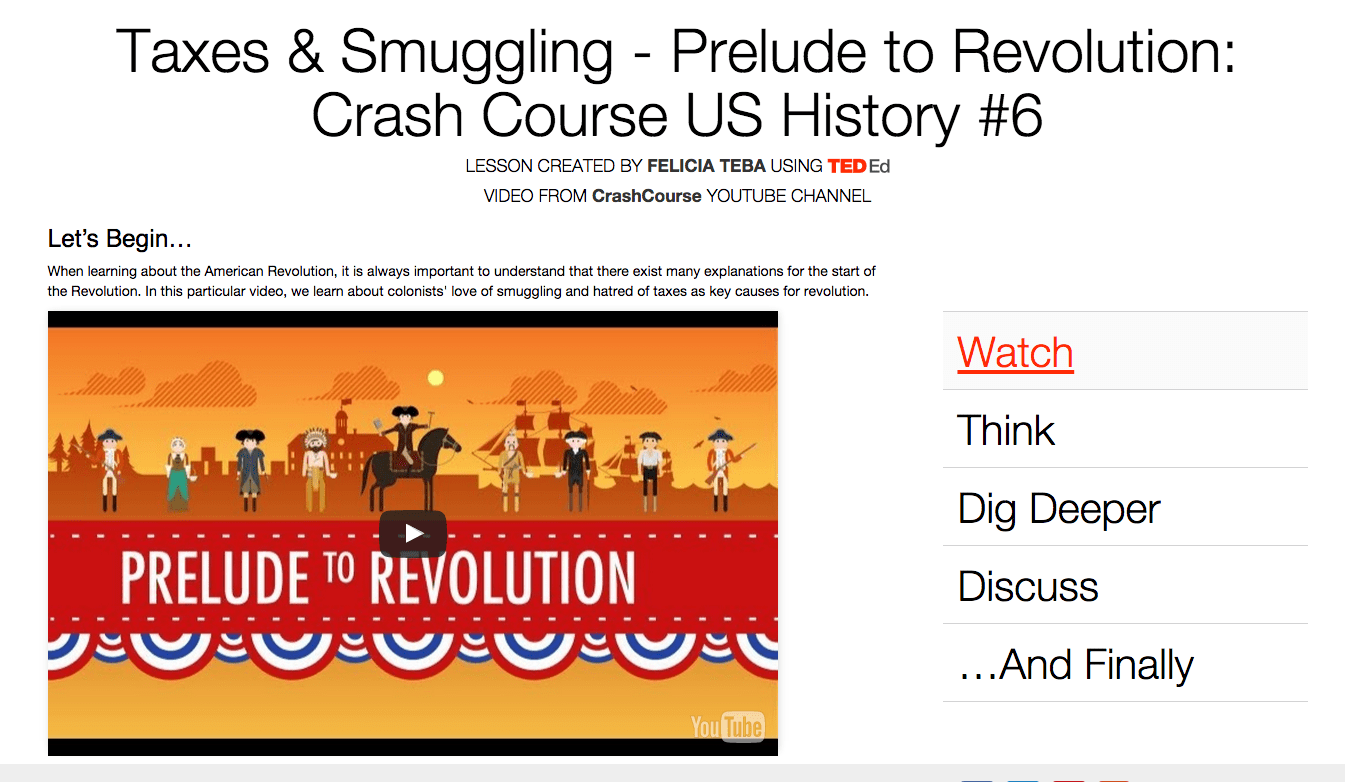
For the past three weeks, we have been working on designing our own Document Based Lessons (DBLs) to be published on iBooks Author. This experience was interesting . This was my first time working on a project like this. I found that the process was a bit long and required having good knowledge about the topic. This is why I chose to cover anti-Vietnam War images in my DBL. I know a lot about the anti-war movement and it was a topic I felt would be interesting for high school students to examine.
When working on designing this DBL, I had first thought that I wanted to cover ’60s pop culture in relation to the counterculture movement. I then had a difficult time finding sources that were not copyrighted or would have such problems arise. This moved me to find images related to the anti-war movement. I found many images, including the one featured above, that related to looking at anti-war protests and what those who were against the war were arguing.
Once I had these images, I arranged them around an essential question: How can images/language usage help us understand the goals of a movement or group? I chose to base my DBL around this question because it helps students to build skills around historical thinking skill such as Sourcing and Close Reading. Each of the images in my DBL features the essential question as a reminder of what to be thinking about, and each image includes 4 questions specific to the image. This helps the student to make deeper connections to the images and what they are conveying.
When creating this DBL in iBooks Author, I found the experience to be interesting, and a little scary. It was interesting because I was able to get creative when designing the layout for my image set. I used various colored shapes to help my essential question and each additional question stand out. I also used a couple of widgets that allow students to magnify the image, and another that allows you to click the image and receive additional info about it, almost like a caption box. I feel like these additions helped to make my DBL feel less dull.
If I were to get the chance to, I would definitely like to do another project like this. It makes you think about what questions are worth asking, and what you want students to look at as historians.
Image Source: https://commons.wikimedia.org/wiki/File:Vietnam_War_protestors_at_the_March_on_the_Pentagon.jpg



